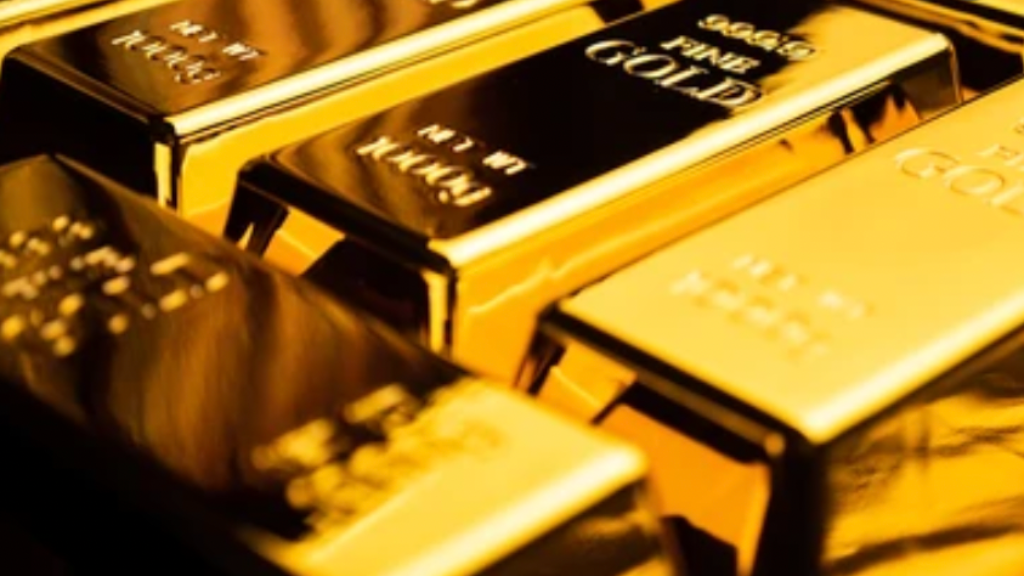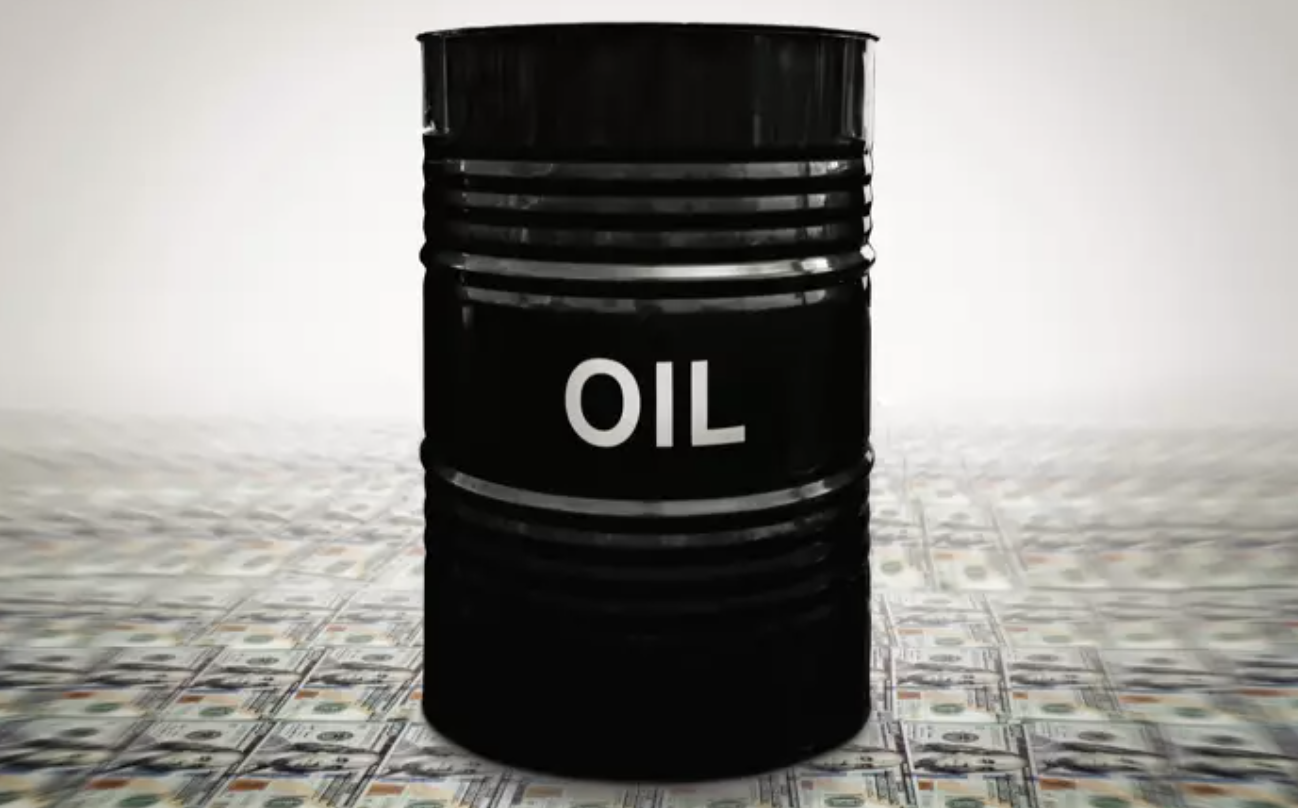
Alina Haynes
Jul 18, 2022 12:03

In the early Tokyo session, Gold Price (XAUUSD) tried to break above the consolidation that had been created in a constrained range between $1,703.21 and 1,705.90 on Friday. After a brief squeeze, the precious metal is now showing some symptoms of increased volatility. On Friday, the shiny metal successfully defended the psychological level of $1,700.00, which is also close to Thursday's low. The psychological support of $1,700.00 has undergone two tests, which has increased the importance of the level for market players. The precious metal is currently showing exhaustion indications at lower levels, but additional filters are needed to showcase a bullish turnaround.
Despite modest losses on Friday, the US dollar index (DXY) closed the week on a positive note. Weekly results showed that the asset kept winning. The DXY has been making advances for the last three weeks in a row. Despite the asset showing a stronger decline on a shorter timeline, the upside is still justified because to the DXY's overall performance. A downwards move is almost certain to occur since the asset is now auctioning in an inventory distribution phase at roughly 108.00.


Jul 19, 2022 11:53